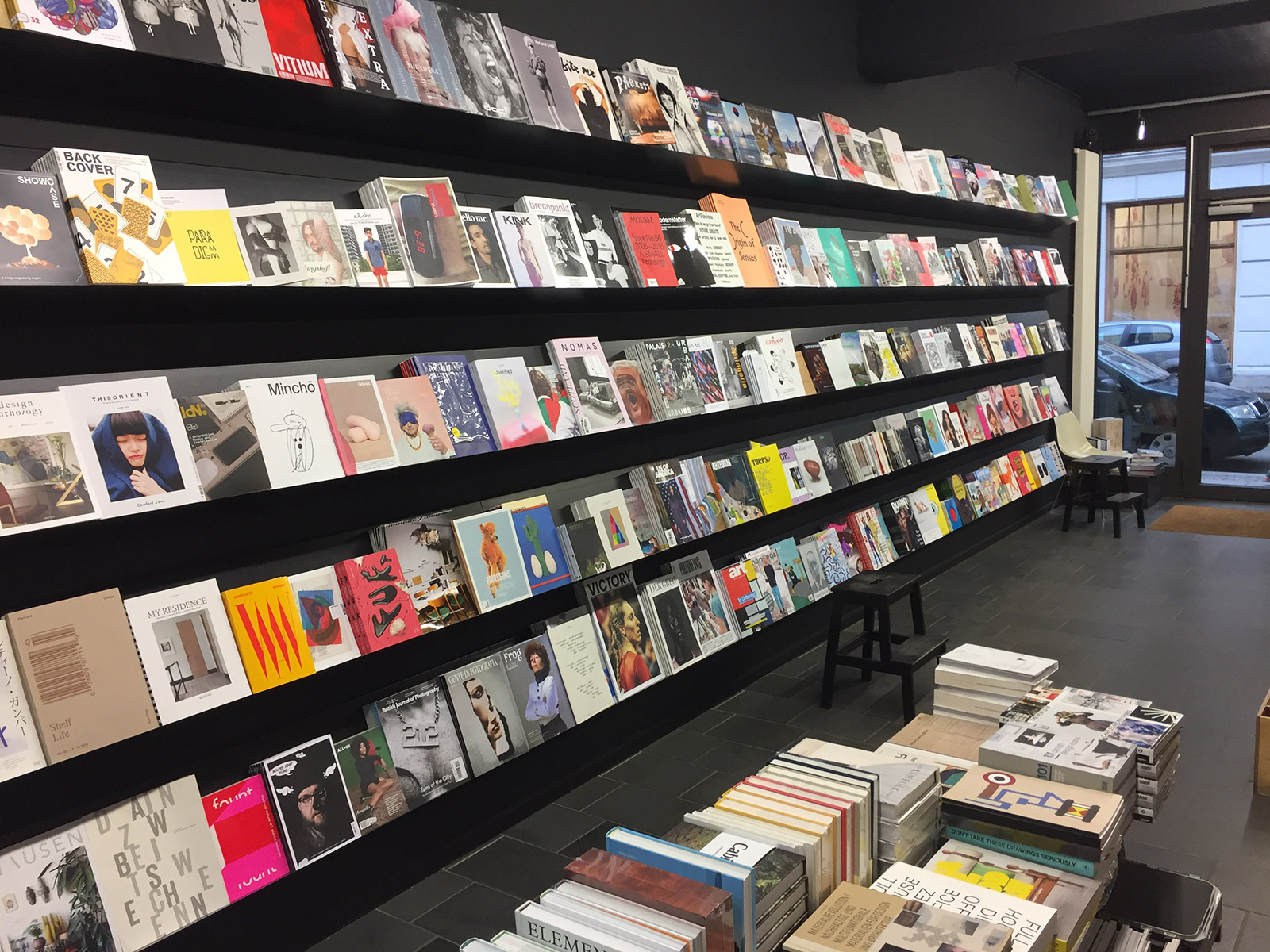
After five years of loyal service, I'm retiring my current Macbook Pro and replacing it with a new model. (For those interested in specs: it's the 15-inch 2.8GHz 2017 model with standard specs.) As I went through the process of buying and now setting up a new machine and talking to people about it on Twitter/Instagram, I made a few observations I wanted to share:
-
Five years is a long time for a computer. To be fair, I have had one battery and a couple of screen replacements (free through Apple Care) but given that this was my main and only machine for the better half of the last decade running for around eight hours per day on average, it's aged amazingly well. In fact, it's still going strong now. I've decided to get a new one because its battery needs replacing again and, more importantly, the CPU/GPU is struggling during heavy lifting in Indesign/Lightroom. The laptop's casing is certainly showing its age too – it's lost a couple of its rubber feet a while back. But after five years of daily operation and many thousands of kilometres of travel, I'm very impressed with the shape it's in. Apple devices aren't cheap, but their build quality is hard to beat.
-
There was a time when hardware specs got me really excited. I remember the thrill of ordering PC parts online and then putting together my very own dream machine. Twenty years later, I really don't care all that much about the inside. Hardware specs don't seem all that important anymore. It's a tool, and the less time I spend thinking about the inside, the more I can focus on getting work done. That's why I don't feel particularly strongly about the Touch Bar, the lack of ports, and the many other things that got people riled up about this release. Some of the updates will cause inconvenience for a while, but I'll adapt.
-
Some people on Twitter suggested I should look beyond Apple and check out Microsoft or even Linux alternatives. The stuff coming out of Microsoft lately looks really promising, but a move from one platform to another is way too disruptive for me. The time it takes to (re)learn Windows, find similar apps, and move things over is just not worth it for me. As I said above, computers are tools. I don't obsess about tools – I just want them to work reliably so that I can go on with my life/work. The Mac does this for me, so I don't see any major benefits in moving to another platform.
-
Those who follow me know that I don't believe in jumping on every trend or purchasing every shiny new gadget (despite publishing a weekly newsletter containing a lot of those). Our industry produces millions of tons of toxic e-waste every year. I think we shouldn't upgrade our devices just because Apple tells us to. I made it a principle to not buy new devices until they break or their age negatively impacts my productivity in a major way. The same goes for my phone.
-
I occasionally do consulting for fledgling magazine makers and one question that often comes up is what hardware setup I would suggest. The assumption is that in order to make a good print product, you need expensive, 'specced-out' Mac Pros and special screens. But the only other hardware I've been using to produce 17 issues of Offscreen is a pretty simple, non-retina 21-inch DELL screen (I think it was less than $500 when I bought it) that I attach to my laptop when I work from home. I also bought a colour-calibration device (Spyder Express from Datacolor) to ensure colours on screen aren't way off. And that's it. It's a pretty basic setup that has worked well enough for me. Now that I have the new Macbook Pro I will most likely update my screen as well to get a bit more screen real estate and make use of 4K and USB-C connectivity. I'm looking at the LG 27UD88 but haven't decided for sure yet, because... see above.
-
Environmental issues aside, upgrading the machinery I rely on every five or so years is a worthwhile investment. Sure, Apple products aren't cheap, but it's a tiny expenditure considering the value I'm able to produce with it. Spending $5000 every five years breaks down to around $83 per month or $2.75 per day. I spend more on coffee. How crazy is that?



